"Billy Joe's Art Studio, a black and white film, was winner of the Best Student Film Award by Stan Feingold of Lansdale, Pa. It's a "doing-your-thing" film. In nine minutes, Billy Joe tells (and shows) us why he is no longer a construction worker and why he feels that his "life" is in his art studio. A real example of positive thinking. The film is a little slow in spots, but is quite convincing about "doing-your-own-thing"," PSA Journal, Mar. 1970, 43.
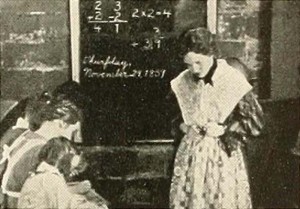
"The Birth of St. Mary's, by Robert F. Gowen. is a deeply moving and well nigh incredible accomplishment in amateur film production. Described as a chronicle in retrospect by the church that it pictures, the film moves bravely into the treacherous domain of costume drama and emerges triumphant. To recreate the gracious life of another day, to catch the feeling of its clothes and the flavor of its customs, to stage all of this against settings not only dramatically sound but full of beauty as well — such were but part of the problems of the producer. Perhaps greatest of all was the task of carrying on each step of this work with the willing, but often wilting, help of an entire community, the accomplishment, through infinite patience, of holding this group together for an entire year. Mr. Gowen has done it all superbly well. To this triumph of teamwork he has added sensitive direction, finished acting by his players and genuinely first rank color photography of largely interior setting. A double turntable musical score, carefully selected for historical accuracy, accompanies the production. The Birth of St. Mary's is a loving and lovely testimony, destined to increase steadily in stature as it becomes itself a part of the past." Movie Makers, Dec. 1937, 602-603.
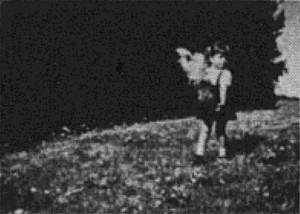
"Mother puts a blue case on the mantel. Baby daughter takes the case and goes for wild flowers. The case suffers an accident and small fry seeks the piggy bank for money to buy another. She goes to the ceramic plant but there is no vase. The nice man agrees to make one and we may watch as he does this. When completed, he takes only a small coin in payment. A simple, but beautiful family motion picture" PSA Journal, Nov. 1960, 41.

"Werner Henze has shown in Bohemian Baloney that artists can make fun of themselves and their profession. An artist and his wife had planned to have a quiet evening at the movies when a telephone call warns of a visit by a wealthy prospective buyer of pictures and her meek husband. How the young couple suddenly transform their own characters and their tasteful and immaculate living room into a scene of "arty" surroundings is gaily depicted with just the right amount of farce. The compositions and lighting are excellent and there are gay, unexpected twists throughout, particularly when a self portrait of the artist comes to life." Movie Makers, Dec. 1944, 495.
"Detailed coverage of the massive structure and complex mechanism of a railway lifting bridge." (EAFA Database)
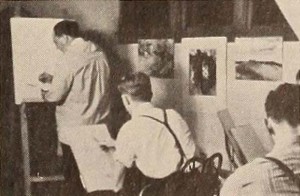
"Builders of Tomorrow, produced by the Cinema Laboratory of Western Reserve University and filmed by Dr. James E. Bliss, takes one into the Cleveland School of Architecture at Western Reserve and shows the embryonic architects at work. The students are pictured studying the principles of design, drafting and in art classes. Architectural models are expertly filmed and with lighting and treatment that, in several cases, make them indistinguishable from actual structures and streets. The entire picture is interior color and the lighting is ably handled throughout." Movie Makers, Dec. 1938, 621.
"Carousel is a colorful film that takes us on today's merry-go-round through an excellent editing job and the use of music. This 3 1/2 minute work of art is by Louis Grenier of Chicago" PSA Journal, Nov. 1969, 57.
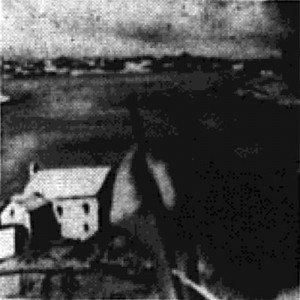
""That Which Makes the Picture" introduces its audience to the art of painting. Using a charming New England harbor scene, the viewer is shown the beginning sketches, the application of the basic colors, and the finishing touches to completion. After viewing the film, one has a greater appreciation for the care and attention to detail required of the artist working in oil paints" PSA Journal, Oct. 1963, 41.
"doc. didattico"/educational documentary
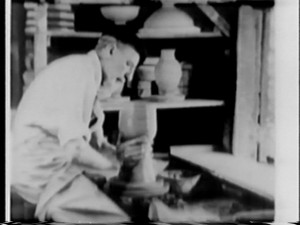
"Ceramics, by Kenneth V. Bloomer, ACL, and Elizabeth Sansom, ACL, is probably the most ambitious amateur film ever attempted on this particular subject and perhaps stands alone in its field. The makers of the film were fortunate in having the cooperation of a famous ceramic artist, Leon Volkmar, who maintains his atelier at Bedford Village, N. Y. It was here that the entire film was produced, its makers having imbibed the spirit of the artist craftsmen so thoroughly that every deft touch, every careful step in the process of making a lovely vase are recorded. The interior lighting and closeup technique are especially good, particularly in those parts where only the delicate focusing of a closeup will reveal the nuances of the artist's touch as he models. The sequences which show the firing of the pottery are unusually well handled and the whole is outstanding in its clarity of continuity. Such a film might be described as a "glorified industrial" but, more than that, it is an educational film in the best sense of the word." Movie Makers, Dec. 1933, 499-500.
Total Pages: 8